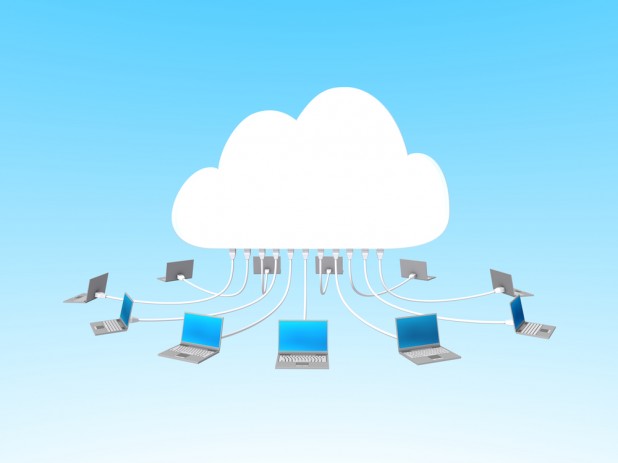
Last year, VMware’s ESX hypervisor software led the vendor pack in number of installations, according to the Gartner Group. VMware offers ESXi for free, but if you want additional features, you have to pay a premium. Fortunately for anyone with a tight IT budget, ESXi isn’t the only option for running a hypervisor—there are others, and a handful of them are free and open-source. ESX is an example of a bare-metal hypervisor, or one that runs directly on the machine (they’re more formally known as Type 1). There are also Type 2 hypervisors, or hosted hypervisors, which run inside another operating system; VirtualBox is a common example of the hosted type. Note that hosted hypervisors aren’t necessarily alternatives to ESXi: they’re more commonly used on an individual workstation for running multiple operating systems simultaneously, as opposed to serving instances in a cloud. The following is a list of free, bare-metal hypervisors (both open-source and proprietary). Even though VMWare ESXi requires premium licenses to obtain all the features, it’s included on this list for comparison purposes, since ESXi itself is available for free. Each item includes no-cost ways to manage cloud-based installations running these hypervisors.
Xen Free, Open Source, Commercial Implementations Available Guest Operating Systems: Solaris, most breeds of Linux, Windows, and BSD. Xen is an open-source suite of tools including its flagship product, the Xen hypervisor. It’s licensed under the GPLv2. There are several commercial implementations of Xen, including Citrix XenServer (which, like VMWare, is available for free with a limited set of tools—unless you pay a premium for additional ones). Oracle VM Server for x86 is another commercial implementation of Xen. With Oracle VM Server, you get the Oracle VM Manager management tool for free, but the company encourages you to upgrade to their premium Oracle Enterprise Manager… and to purchase premium support. If you stick to only the open source tools, the Xen organization has several you can use for management and other tasks. In addition, there are third-party open source tools, including ConVirt, OpenXenManager, and Xen Cloud Control System (you can find the
current list online, along with links to cloud orchestration software).
ESXi Free but Limited, Not Open Source Guest Operating Systems: Most Linux, most Windows, MacOS X 10. VMWare’s base hypervisor product,
ESXi, is available for free. If you choose not to upgrade to a premium vSphere product (and thus pay to get more features), you can use their free VMware vSphere Client to manage ESXi. Beyond that, there are several open-source tools available for managing ESXi; tech blogger Kendrick Coleman has put together a
comprehensive list on his blog.
Hyper-V Mostly Free, Not Open Source Guest Operating Systems: Most versions of Windows since XP. Also forms of Linux: CentOS, Red Hat Enterprise, and SUSE. Hyper-V is Microsoft’s entry into the hypervisor world. It comes in two variants: bare metal, and one that can be added to Windows Server 2008. The bare-metal version is free (the most recent version is Hyper-V Server 2008 R2) but its management is limited—you only get a command-line interface. However, you can open up a management console in Windows Server 2008 that’s running the other form of Hyper-V and use it to connect to the standalone Hyper V. Another option is running the free Windows 7 SP1 Remote Server Administration Tool (RSAT) on a separate Windows 7 machine. While the administration technically isn’t free (since Windows 7 and Windows 2008 Server cost something), if you already have either of these OSes, you’re set to run and manage Hyper-V at no additional cost.
KVM Free, Open Source Guest Operating Systems: This one has a lot: most flavors of Linux, most BSD flavors, other Unix systems (Darwin, MINIX, and more), Windows, others such as MacOS (which requires a modified version of KVM), Haiku, Plan9, AROS, Syllable, and ReactOS. Kernel-based Virtual Machine (KVM) is technically a virtualization machine built on top of a Linux kernel. However, it functions like a hypervisor in many ways, with full virtualization of hardware. Several cloud vendors use it, proving that it’s capable of virtualization similar to that of a Type 1 hypervisor. And there are
lots of management tools available.
Summary Of all the above options, the true open-source hypervisors are Xen and KVM. Xen is widely used among large-scale cloud vendors, including Amazon and Rackspace. But KVM has the widest support for guest OSes. ESXi is free, and there are a good number of third-party management tools for it.
Editor's Note: This article corrected some details related to ESXi and Xen. Image: Broukoid/Shutterstock

